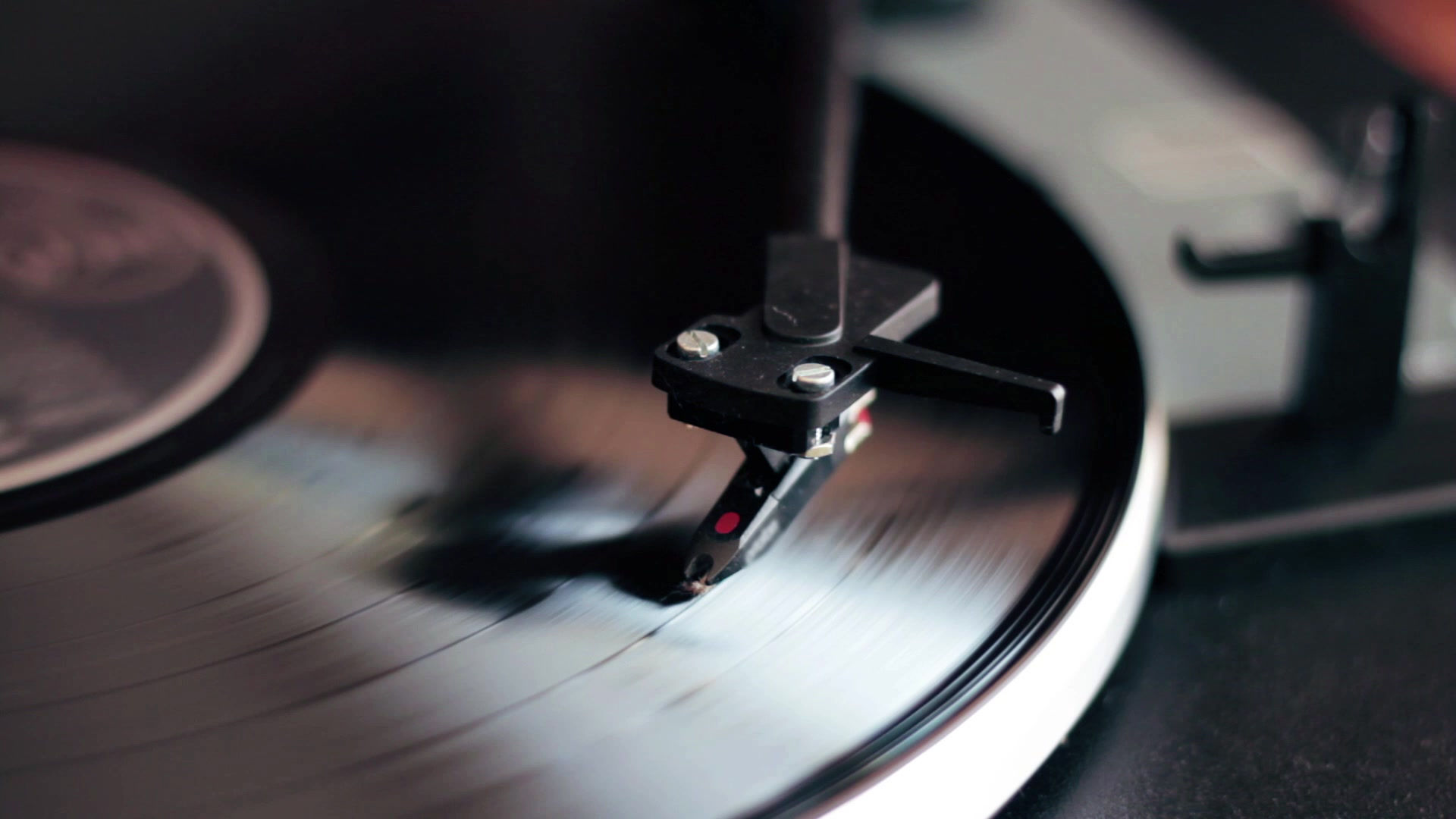Tragedy as an opportunity, why hip hop emerged in the Bronx?
- Mehdi Chaari
- Nov 9, 2022
- 4 min read
Before going into the substance of our podcast, which explores some features of Bronx history and their relation with the emergence of hip-hop culture, which many people might not be familiar with, we want to explain the definition of Hip Hop culture that we will be using in this article.

Some people think of Hip Hop exclusively as “rap music,” art is taken to its highest form by artists like Eminem, Tupac Shakur, Biggie, Wu-Tang Clan, Missy Elliot, JZ, Nas, Kendrick Lamar, and other masters of that verbal and musical art, but hip hop is a multilayered arts movement and a whole culture of which rapping is only one component.
Hip Hop consisted of four connected components: DJing and beat making, B-Boying or Break Dancing, Graffiti art, and finally, Mc’ing or rapping. All these components
All of these art forms emerged in The Bronx in the middle and late ’70s, and it is not a coincidence that this new form of music emerged in that area of New York that was widely considered a site of indescribable violence and tragedy. This makes us ask an important question on our way to brief the history of hip-hop: Why The Bronx?

In answering this question, We are going to look at three different variables.
The first is the special cultural capital of The Bronx and its people which is derived from immigration and the mixing of cultural backgrounds. If we take a historical look at the sonic universe where The Bronx population lived before hip-hop, we will see that before the emergence of hip-hop, several neighborhoods in the South Bronx had a variety of cultures and traditions that made them irregular in New York City and the nation and encouraged a remarkable legacy of musical creativity.

During the 1930s, 40s, and 50s, two mainly Jewish working-class neighborhoods in the South Bronx, Morrisania and Hunts point, were peacefully combined by three population streams arriving from Harlem and East Harlem- African Americans initially from the US South; West Indians from Anglophone Caribbean countries like Jamaica, Antigua and Barbados, and Spanish speaking multitudes arriving from Puerto Rico, Cuba, Honduras, and Panama.

Each of these peoples brought their musical traditions to the neighborhoods, schools, and housing projects they lived in, and overtimes these traditions fused and morphed in the most remarkable ways.
By the 1950s, the clubs and theaters and schools and even churches in these were places where you could attend Afro-Cuban music and mambo, doo-wop and rhythm Dixieland jazz and calypso. and blues, bee-bop.

By the 1960s, these forms had begun to evolve and change as American-born youth began to transform them, giving rise to salsa, funk, and Latin soul!
Nowhere in New York or the US were there multiple people of the African Diaspora living together in the same apartment buildings and housing projects and the outcome was a unique sonic universe where melodies and songs in different languages took place to a background of powerful percussion.

The second is the tragedies that befell The Bronx in the 1960s and 1970s, once considered as unique, which were to hit many other cities and communities in following years. Hip-hop historian Marcus Reeves says that the crowded energy that laid the groundwork for today's hip-hop culture came out of gang culture in the '70s.

Then, gangs grew up all over the Bronx due to widespread urban decay, from weighty arson activity from slumlords pursuing insurance money to the lack of basic services like law enforcement, firefighters, and health.

"When you have those conditions and...a group of individuals...trying to survive...and people getting tired of that, then you begin to have this growing contemporary cultural movement that comes out of the gangs to offset the violence...and the negativity that comes out of gang cultures," Reeves says. He adds that the mixed population in the Bronx then--Latino, West Indian, African, White--added to the prosperous cultural mix that became hip-hop culture. "You have all those components, and, you know, you just take it from there."
Reeves says that hip-hop, dancing, and street art were important Bronx teen and young adult contributions that extended to New York City and beyond.

"Back then...you had a lot of black popular culture going towards disco and mainstream [music]," Reeves says.
Lastly, the easy accessibility of The Bronx to Midtown Manhattan, Harlem, the Village, and the Lower East Side where culture-makers and entrepreneurs were in a position to promote and market Bronx Hip Hop when they become conscious of its revolutionary potential.

It was very important to see this music come to the forefront because it allowed this voice of the poor and the working class back into the mainstream. It also allows The Bronx
Hip Hop helped the young Bronx population to let the population of the United States and the world know about the suffering in this pole of New York. After that, Hip Hop turned into an art adopted by the whole world for the same reason, to express the harsh conditions of life artistically.



Comments